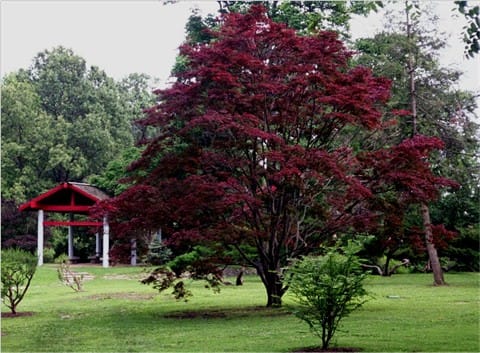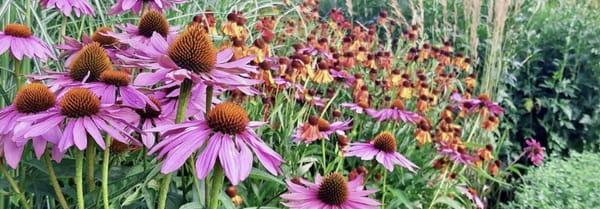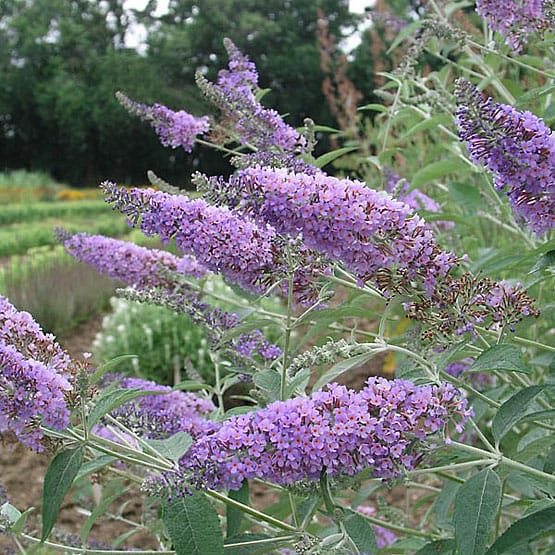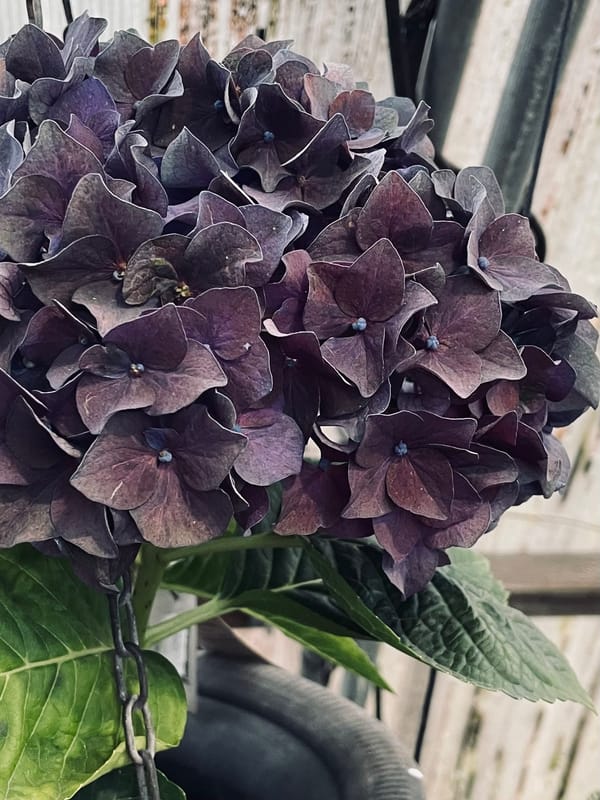The Secret to a Perfect Garden
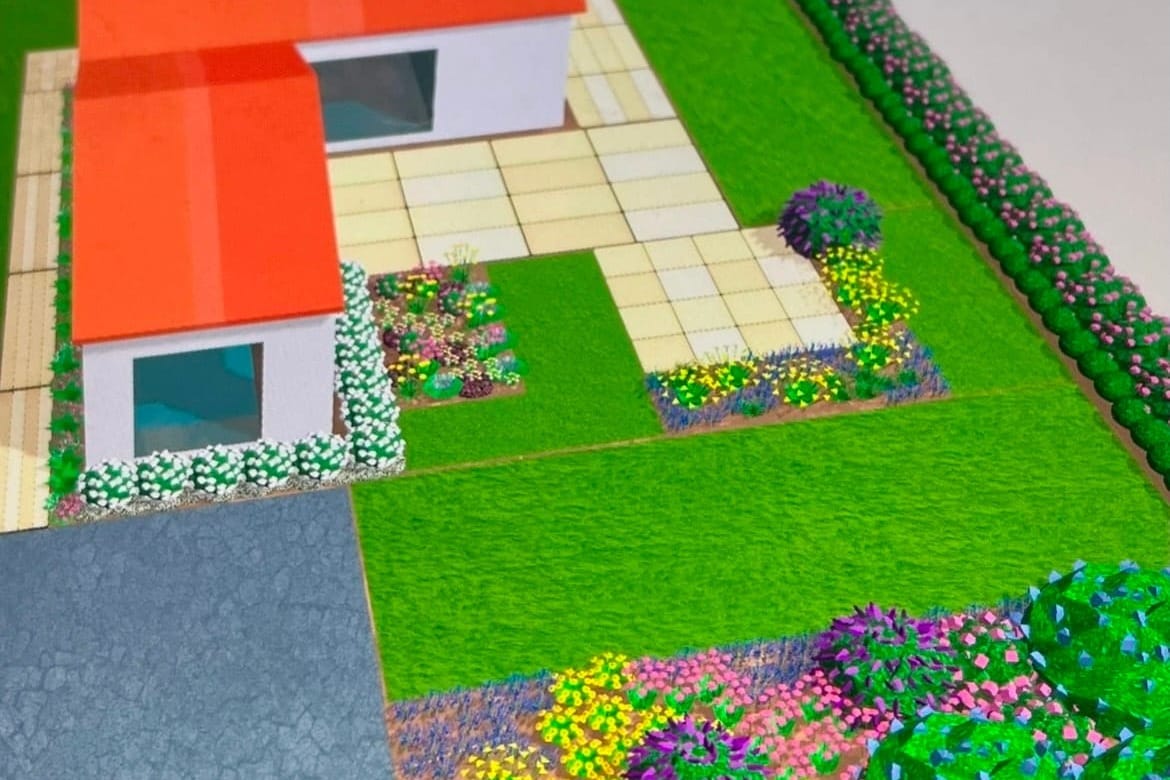
“Gardening simply does not allow one to be mentally old, because too many hopes and dreams are not yet realized.” …. Allen Armitage
As a landscape architect, I often get peppered with all sorts of questions about designing, creating, and maintaining gardens. The most common one? “I want to start a garden, but I have no idea where to begin or how to visualize what it will look like.”
Here’s the secret: the key to creating the garden of your dreams is having a solid plan. I know it’s tempting to skip straight to sketching ideas or running to the garden center to buy all the pretty plants, but trust me—doing a bit of homework first will make all the difference.
Now, I get it. Homework doesn’t sound fun, and it’s easy to see it as a chore. But here’s the good news: these foundational steps are simple, and they’ll save you time, money, and frustration later on. Once you’ve got these basics down, the rest is pure creativity, self-expression, and, yes, lots of fun. Let’s get started!
Step 1: Start with Your Garden Journal
First things first—get a journal. A cute one. Or “borrow” a kid’s unused notebook. This is your dream garden planner, your idea dump, your guide to keeping the process exciting instead of overwhelming.
On the very first page, write:
“This is my garden to create, explore, and enjoy. It’s all about my unique creative expression!”
Feeling inspired already? Good.
Now, dream big. What kind of space do you want? A peaceful retreat? A buzzing pollinator party? An edible paradise? Write it all down. Then, take a stroll through Pinterest, Instagram, garden magazines, or even your neighborhood. Snap photos of gardens you adore (or don’t!). Inspiration is everywhere, so go “steal with pride.”
Step 2: Dive into Your Garden Space—It’s Detective Time!
Your garden is like a mystery novel—you need to uncover its secrets to make it shine. Here’s how:
Sun and Shade Patterns
Grab your camera or phone and play detective. Snap pictures of your garden at 9 AM, noon, and 3 PM to track where the sun falls. Is one corner bathing in sun all day while another hides in shade? This info helps you pick plants that’ll thrive in your space.
- Morning sun (east side) = gentle and cool.
- Afternoon sun (west side) = sizzling hot.
Perfect for deciding where the lavender thrives and where ferns chill.
Water: Rain or Restrictions?
Do you live in a rainy paradise, or does your garden survive on sips of water? Knowing your water situation will save you from heartbreak. If you’re in a dry zone, lean toward low-water plants—think succulents, Mediterranean herbs, and drought-tolerant beauties.
Soil: What’s Under Your Feet?
Your soil is the foundation of your garden, so let’s figure out if it’s sandy, loamy, or stubborn clay. Not sure? Ask a neighbor, visit a garden center, or (if you’re feeling extra inquisitive) send a sample for testing to your local soil and plant lab. Bonus: With raised planters, you can cheat and mix your own perfect soil.
Hardiness Zone
Want to know which plants will laugh at your winters or wilt at the first frost? Look up your USDA hardiness zone—it’s like a compatibility chart for plants and your garden. Just pop your zip code into this handy tool.
Step 3: Live with Wildlife (Not Against It)
Critters in your garden? Instead of going to war with deer, rabbits, or moose (yes, moose!), try working with nature.
- Deterrent Plants: Fill your garden with plants that critters don’t love but pollinators adore.
- Organic Repellents: A little spritz of organic deer/rabbit repellent goes a long way.
The goal is harmony, not stress. After all, your garden is for joy, not battles.
Step 4: Know Your Rules (and Break Them Creatively)
Do you live in a neighborhood with a homeowner’s association (HOA)? Near a nature reserve? In a high-fire-risk area? Before you plant that dream tree, check for local restrictions.
- Some plants might be invasive, flammable, or endangered in your area.
- Hillside homes? You might need fire-resistant plants.
- Beachfront? Your local coastal commission might have opinions.
Yes, it sounds boring, but it’s better to know now than to uproot your prized roses later.
Get Ready for the Fun Part!
Now that you’ve mastered the basics, it’s time for the creative m part—bringing your vision to life! With the right tools, turning your dream garden into a real, vibrant space has never been easier.
In my next article, we’ll dive into drawing up your conceptual design—the exciting step where your garden begins to take shape on paper before blooming in reality. And here’s the best part: you don’t have to do it alone.
The Flourish Garden App, Flourish Garden available now in the App Store, is your ultimate garden design companion. It makes creating your dream space a breeze with features like customizable layouts, 3D visualization tools, plant recommendations tailored to your climate, and even sun mapping tools to perfect your design. Want to explore several ideas? No problem. Flourish Garden allows you to save up to 20 designs.
Download the Flourish Garden App today, and get ready to turn those backyard dreams into a blooming masterpiece. Trust me, this is going to be a blast! Flourish Garden
Questions? Just ask, I’m here to help!


